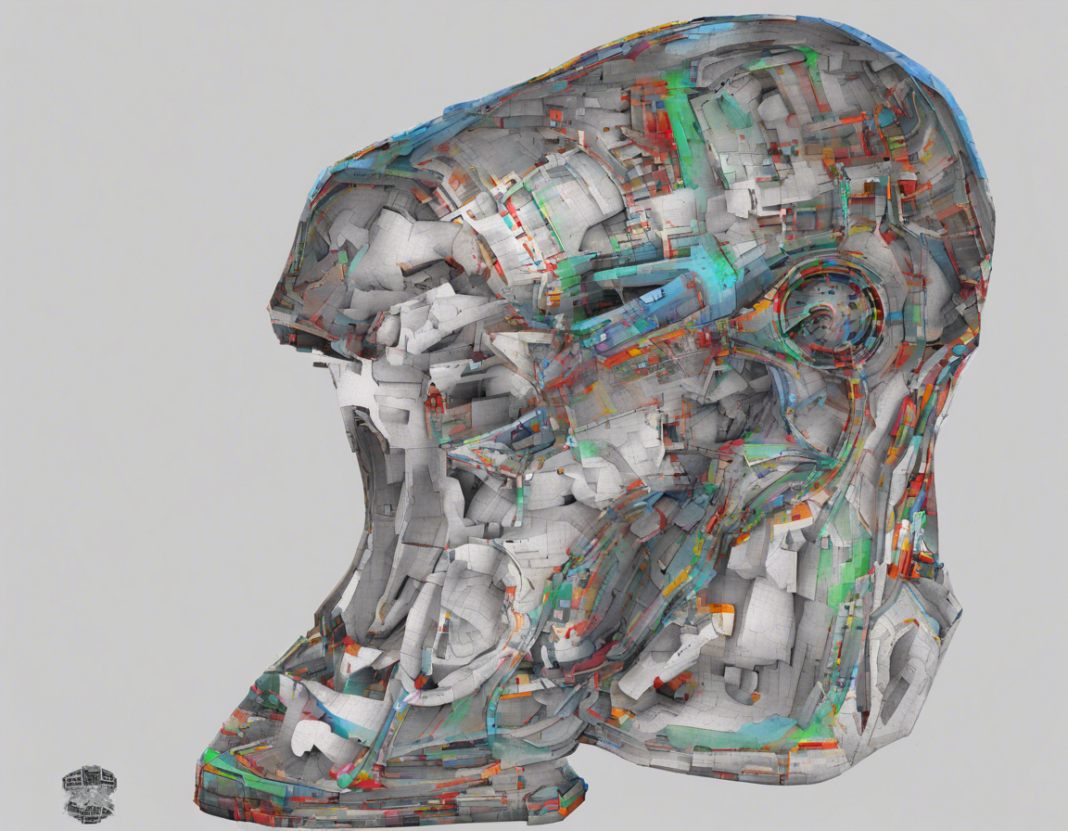Introduction
In the fast-paced world of modern technology, the need for efficient data communication is paramount. MMSC (Multimedia Messaging Service) has become an integral part of our daily lives, enabling us to send and receive multimedia content like images, videos, and audio files through our mobile devices. MMSC has revolutionized the way we communicate, allowing us to share experiences and emotions in a more engaging manner. In this comprehensive guide, we will delve into the intricacies of MMSC, exploring its origins, functionality, benefits, and potential challenges.
What is MMSC?
MMSC stands for Multimedia Messaging Service Center, which is a service that enables mobile users to send multimedia content such as images, videos, and audio files to other mobile users. The MMSC acts as a bridge between different mobile networks, ensuring that multimedia messages are delivered seamlessly and efficiently.
How Does MMSC Work?
When a user sends a multimedia message, such as a photo, the content is first uploaded to the MMSC server. The MMSC then processes the message and sends it to the recipient’s mobile device. The recipient can then download the multimedia content and view it on their device. MMSC utilizes different protocols such as MMS, SMTP, HTTP, and WAP to ensure the smooth transmission of multimedia content.
Benefits of Using MMSC
- Enhanced Communication: MMSC allows users to convey messages in a more expressive and engaging manner through multimedia content.
- Convenience: Sending multimedia messages via MMSC is quick and easy, providing a seamless communication experience.
- Cross-Platform Compatibility: MMSC ensures that multimedia messages can be sent and received across different mobile networks and devices.
- Rich Media Content: Users can share a wide range of multimedia content, including photos, videos, audio files, and slideshows, enhancing the overall communication experience.
Challenges of MMSC
While MMSC offers numerous benefits, there are also some challenges associated with its use:
- Data Usage: Sending and receiving multimedia messages can consume a significant amount of data, potentially leading to higher costs for users with limited data plans.
- Compatibility Issues: Some mobile devices may not support certain multimedia file formats, leading to issues with message delivery and viewing.
- Security Concerns: Transmitting multimedia content over MMSC can pose security risks, such as unauthorized access to sensitive information.
- Network Congestion: During peak times, MMSC servers can experience high traffic volumes, leading to delays in message delivery.
Future Trends in MMSC
As technology continues to evolve, the future of MMSC holds several exciting possibilities:
- Integration with AI: MMSC could leverage Artificial Intelligence (AI) algorithms to enhance multimedia content creation and delivery.
- 5G Technology: The rollout of 5G networks will significantly improve MMSC performance, enabling faster and more reliable multimedia message transmission.
- Enhanced Security Features: Future MMSC systems are likely to incorporate advanced encryption protocols to ensure the secure transmission of multimedia content.
- IoT Integration: MMSC could be integrated into the Internet of Things (IoT) ecosystem, allowing for seamless multimedia communication between connected devices.
Frequently Asked Questions (FAQs)
1. What is the difference between SMS and MMSC?
– SMS (Short Messaging Service) allows users to send text messages of up to 160 characters, while MMSC enables the transmission of multimedia content such as images, videos, and audio files.
2. Are there any additional charges for using MMSC?
– Some mobile carriers may charge extra fees for sending and receiving multimedia messages via MMSC. It is advisable to check with your service provider for more information.
3. Can I send multimedia messages to users on different mobile networks?
– Yes, MMSC ensures cross-network compatibility, allowing users to send multimedia messages to recipients on different mobile networks.
4. How can I troubleshoot issues with sending or receiving multimedia messages via MMSC?
– If you are experiencing difficulties with MMSC, try restarting your device, checking your internet connection, ensuring multimedia settings are enabled, and contacting your service provider for assistance.
5. Is there a limit to the size of multimedia files that can be sent via MMSC?
– The maximum file size that can be sent via MMSC varies depending on the user’s mobile carrier and device. Some carriers impose file size limits to ensure efficient message delivery.
Conclusion
In conclusion, MMSC plays a pivotal role in modern communication, enabling users to share multimedia content seamlessly and efficiently. While MMSC offers numerous benefits, it is essential to be mindful of potential challenges such as data usage, compatibility issues, and security concerns. As technology continues to advance, the future of MMSC holds exciting possibilities, including integration with AI, 5G technology, enhanced security features, and IoT integration. By understanding the intricacies of MMSC and staying informed about its evolving trends, users can leverage this powerful communication tool to enhance their multimedia messaging experience.

